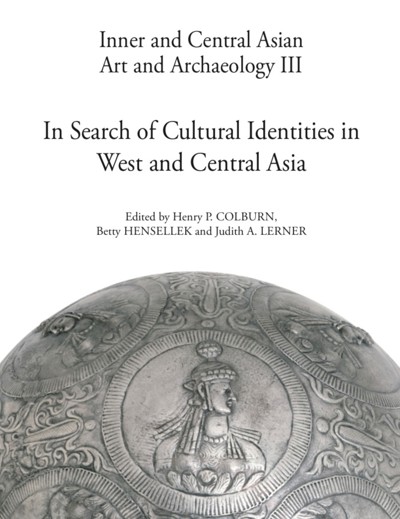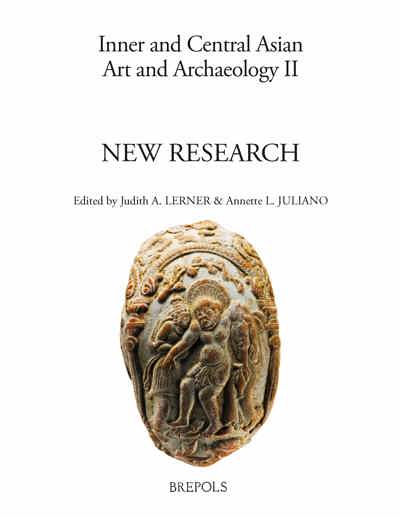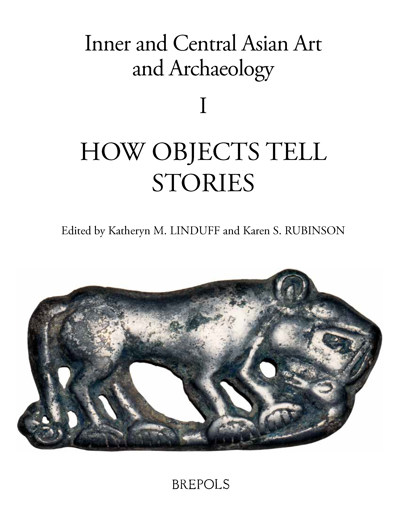
Before and Beyond Pingcheng
The Xianbei in Inner Mongolia (4th-6th Centuries)
Annette L. Juliano, Judith A. Lerner (eds)
- Pages: approx. 194 p.
- Size:216 x 280 mm
- Illustrations:9 b/w, 139 col., 4 tables b/w.
- Language(s):English
- Publication Year:2026
- € 145,00 EXCL. VAT RETAIL PRICE
- ISBN: 978-2-503-60439-8
- Paperback
- Forthcoming (Apr/26)
*How to pre-order?
This volume offers insights into the diverse nomadic cultures that form the background to Xianbei rule in Pingcheng (modern Datong, Shanxi province), the first major capital established in China built near the northern border close to their homeland.
Annette L. Juliano is Professor Emerita, Rutgers University and a Research Associate at the Institute for the Study of the Ancient World (NYU). She has published widely on the visual culture of the Northern Dynasties and Buddhism in China and Central Asia.
Judith A. Lerner is a Research Associate at the Institute for the Study of the Ancient World (NYU). Her interests include the visual cultures of pre-Islamic Iran and Central Asia as well as that of people from these regions who lived in China.
Over the course of China’s long history, almost one-third of its dynastic houses has been founded by nomads. Traditionally, the period between the Han and the Tang (4th–7th centuries CE) has been considered 400 hundred years of chaos, characterized by civil strife and “barbarian” (i.e., nomadic) invasions. The ability to evaluate the importance of various nomadic groups’ contributions was hampered by limited excavated materials. Now, however, a substantial amount of new material has emerged in northern China, specifically in the Inner Mongolia Autonomous Region.
In the fourth century, the nomadic Xianbei emerged in northeastern Inner Mongolia to dominate other tribal groups, and eventually invaded northern China to rule as the Northern Wei dynasty (386–535). Despite their importance in Chinese history, the Xianbei remain little-known today, especially in the West. A major source for Xianbei history and culture, as well as for that of other nomadic groups, has been filtered through the Chinese dynastic texts, which are acknowledged as biased.
This volume offers insights into the diverse nomadic cultures that form the background to Xianbei rule in Pingcheng (modern Datong, Shanxi province), the first major capital established in China built near the northern border close to their homeland.
Preface
Introduction
The Puzzle of the Yihe-nur Cemetery and the Xianbei
Annette L. Juliano and Judith A. Lerner
Part I: Nomads and the Northern Wei
Xianbei, Tegreg, and Rouran-Abar: Yihe-Nur and the Nomadic World of Inner Asia between the Second and the Fifth/Early Sixth Century CE
Soren Stark
The Xianbei in their Historical Setting
Scott Pearce
Cauldrons
Judith A. Lerner
The Mobile Court of Pingcheng
Chin-yin Tseng
Part II: Reaching the Red Mountains: Xianbei and the Afterlife
Tombs and Their Furnishings
Annette L. Juliano
Pushou
Annette L. Juliano
Adorned: Nomadic Gold and Bronze
Sarah Laursen
Other Luxury Items
a: Belts and Pectorals as Elite Markers Across Eurasia
Soren Stark
b: Luxury Objects: Local and from the West
Judith A. Lerner
c: The Gold Chinstrap
Annette L. Juliano and Judith A. Lerner
d: The Gilt Silver Eared Cup
Annette L. Juliano and Judith A. Lerner
Part III: Were the Xianbei Buddhists?
Early Buddhist Images from Inner Mongolia
Annette L. Juliano
The Pointed Pectoral
Annette L. Juliano
Conclusion
The Power of Place: Yihe-Nur and the Xianbei
Annette L. Juliano and Judith A. Lerner
Bibliography
Bibliography



